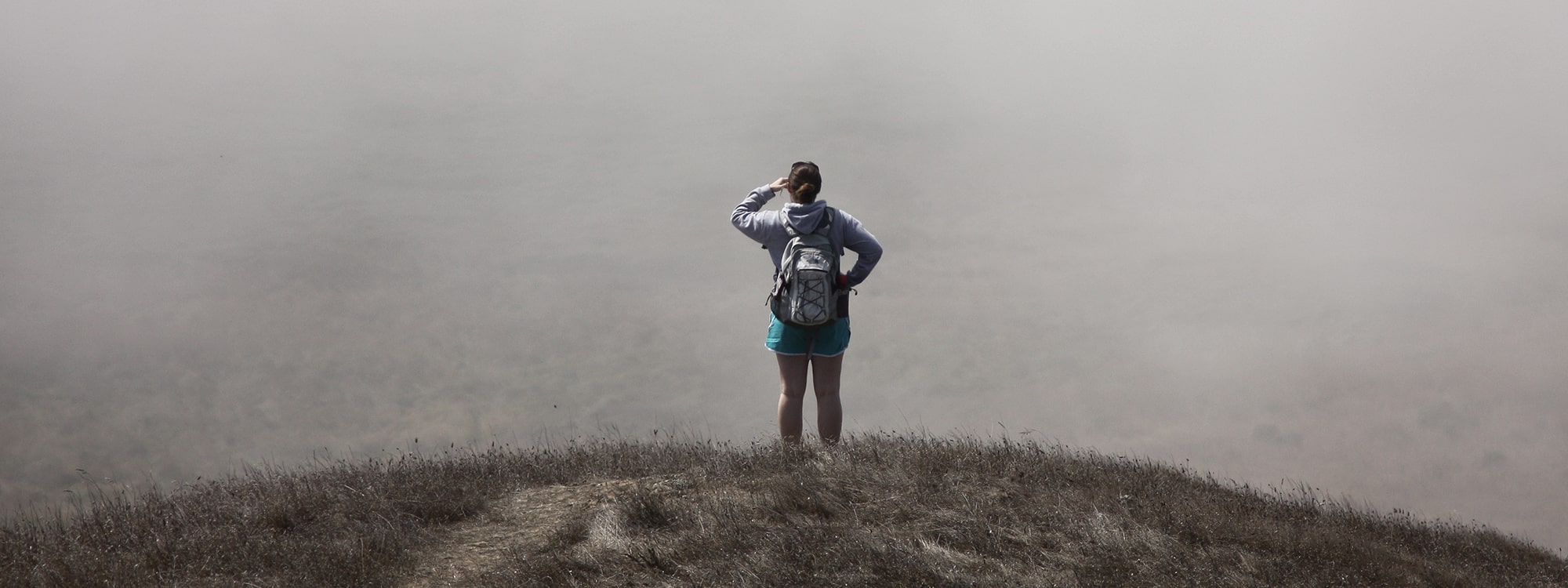The Bay Area is an amazing place to call home. Lots of people think so, and when I say lots I really mean lots. The 2010 census counted 7.1 million people as residents of the nine counties that touch San Francisco Bay. Today’s estimates are that there are over 7.6 million people living in our region. Projections have that number growing to 9 million by 2040, and there are many in the business of forecasting population growth who think that 9 million is a conservative estimate.
No doubt that this growth will present the Bay Area with challenges. Earlier this year, with the release of At Risk: The Bay Area Greenbelt, Greenbelt Alliance took a comprehensive look at one of these challenges—what will happen to the Bay Area’s iconic farms, ranches, and natural landscapes if we as a region get growth wrong. We found that, even after decades of hard work and success at protecting the Bay Area’s greenbelt, 293,000 acres of open space lands are in jeopardy of being lost to sprawl development over the next generation. That’s an area 10 times the size of San Francisco.
Since the release of At Risk, I’ve been out and about making presentations on the report. As I have done so, I’ve thought about what else is “at risk” if growth is done wrong in the Bay Area.
For many of us, our quality of life is “at risk” in the form of traffic. I am talking mostly about the bone-crushing commutes that happen from, say, the East Bay to Silicon Valley. I am sometimes caught up in this traffic when I have to travel during rush hour to a South Bay meeting. It’s not atypical for it to take two hours to move between my home in Alameda to San Jose. As the congestion gets me hot under the collar, I think about the people who have to do this every day—certainly losing family time, leisure time, and sleep in the process. Our traffic problems, some of the worst in the nation, are in no small part a result of the fact that the Bay Area has tended to build housing far away from jobs, forcing people into these epic commutes. As bad as it is today, things will only get worse if we get growth wrong.
Our housing affordability crisis is fueled by the fact that we’ve gotten growth wrong.
For a huge percentage of our population, the very ability to call one’s self a Bay Area resident is put “at risk” by our region’s housing affordability crisis. With average home prices across the region topping $800,000, the typical Bay Area household has to save two years worth of income just to afford a down payment on a house—an impossible task for many. With average rents in many Bay Area communities in the range of $2,400 a month, we have entrepreneurs living in closets, low-income families living three families to an apartment, and people on the economic and cultural margins of our society living in places like Oakland’s “Ghost Ship” warehouse and literally dying. Our housing affordability crisis is fueled by the fact that we’ve gotten growth wrong. Between 2007 and 2014 our nine Bay Area counties built only about 50% of the homes needed to keep up with total population growth and only about 25% of the homes necessary to meet the needs of low and very low-income residents. Our region has proven that not building housing as we grow does not keep people from coming to the Bay Area.
And these are just a few of the reasons getting growth wrong puts the Bay Area “at risk”. To the threats to our greenbelt, traffic snarls, and housing unaffordability, you can add climate pollution—40% of the Bay Area’s greenhouse gas emissions come from the tailpipes of our cars and trucks and more auto-dependent sprawl will make this problem worse. Growth gone wrong will leave us parched. Water guzzling subdivisions in far-flung suburbs are antiquated in this era where a changing climate will likely result in more and more droughts. And growth done wrong is bad for our health. Building more housing in far-flung subdivisions where one has to drive long distances to get to work, school, or the store only perpetuates an unhealthy lifestyle. The list can go on and on.
So if all of this is what is “at risk” if we get growth wrong, what should we do to get growth right?
We need to plan. Communities need to come together to craft innovative visions for how to accommodate new homes, jobs, park spaces, and other amenities to create “complete communities” in locations, within existing cities and towns, that are close to transit so people can walk, bike or use transit instead of drive. Done right, this planning will lead to communities we will all be proud to call home. City Councilmembers and other community leaders need to back up these plans with policies like zoning codes that encourage the types of development projects that will make what we plan a reality.
Most importantly, to get growth right we all have to get involved. We need to speak out to prevent development where it doesn’t belong—on our iconic greenbelt of farms, ranches, and natural areas. And just as much, when a plan, policy, or project is being proposed that will lead to more affordable and accessible communities, we need to speak up and say yes to the right growth in the right places.
Take a look at our Endorsement Program to see how we are standing up for smart growth throughout the Bay Area:
Check out the opportunities for you to get involved here.
Download At Risk: The Bay Area Greenbelt to learn more about the lands at risk of being lost to sprawl development.
Photo: Joe Parks via Flickr




